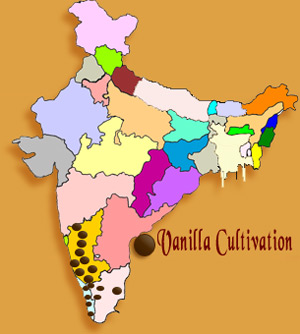VANILLA
Introduction
After saffron and cardamom, vanilla is the world's next most luxurious spice. Growers are well-known to brand their beans with pin pricks before they are to be harvested, to recognize the owner and to avoid theft. Vanilla is an inhabitant of Mexico, where it is still cultivated commercially. Vanilla was greatly used by the Aztecs for flavoring their royal drink named xocolatl which was a blend of cocoa beans, vanilla and honey. Cortez brought in vanilla again to Europe around the sixteenth century, after having pragmatic Montezuma intaking the cocoa. It has a wide range of non-culinary uses, including scenting perfumes, cigars and liqueurs. Europeans choose to use the bean, while North Americans frequently use the extract of the bean.
Stuff called vanilla flavor actually don't contain vanilla at all, being made from eugenol commonly called as clove oil, waste paper pulp, coal tar mostly found in the tonka bean, whose use is prohibited in several countries. Ice cream manufacturers are unlikely to point out that their most well-liked flavour got its name from the Latin word "vagina". For the ancient Romans, vagina meant covering or scabbard. The Spanish people adopted the word as vaina, which urbanized a miniature form vainilla, meaning little sheath. The Spanish people made this miniature the name of the plant because its pods bears a resemblance to sheaths. Vanilla, a part of the orchid family is a rock climbing monocot possessing a fat, juicy stem, short petioled, lozenge leaves, about 20 cm in length. The inflorescence is a raceme with 20 or extra flowers. Flowers are 6 cm in length, 2.5 cm in width, either yellowish green or white in color. The fruit commonly known as beans or pod is a container, nearly cylindrical and about 20 cm in length.
History
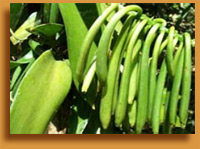
In the 14th century, the Spanish conquerors under Cortez, looked Montezuma, the Emperor of the Aztecs, crush vanilla beans, mix them with chocolate and gave it out as a drink in golden goblets to his mainly privileged guests. The Spanish wedged on quickly and by the core of the 15th century, it started importing vanilla to Europe to be use as a flavor in the production of chocolate. As European tourists and their attendants botanically recorded and collected and combed the forests of Central and South America, vanilla became more familiar in Europe.
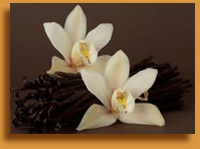
From these countries, vanilla plants were brought to Indonesia, the Seychelles, and the Comoros Islands. At roughly the same time, vanilla was established as a crop in Martinique and Guadeloupe of the Caribbean islands. Today, vanilla is cultivated in Madagascar, the Comoro and Reunion Islands, India, Uganda, Papua New Guinea, Tonga and Mexico. Vanilla is also grown in Tahiti. The Vanilla planifolia vines grown in Tahiti is however mutated and the plants are now scientifically classified as a detached species called Vanilla tahitensis .
Uses
Medicine
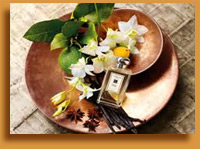
Asian medicine: In Palau, vanilla is being used to take care of dysmenorrhea, fever and hysteria and to put off dental caries.
Ayurveda: Vanilla extracts are allegedly being used to help ease toothache. Secondary source suggests sinking a cotton ball in the extract and applying it over the affected tooth will slowdown tooth cavities.
Central and Southern American medicine: In Venezuela, vanilla shells have been used as an antispasmodic and to take care of fevers. In the Yucatan, vanilla extract has allegedly been used for its latent refreshment and aphrodisiac effects. In Argentina, it is being used for its latent antispasmodic, aphrodisiac and emmenagogue traits.
European medicine: Vanilla is usually used as a flavoring agent and as a sweet-smelling element in perfumes. It has been recommended that vanilla may aid to take care of dyspepsia and ulcers and possibly will have aphrodisiac and sedative effects.
Modern (Western) herbal medicine: Vanilla is supplemented to a variety of foods and beverages as a flavoring agent. It is also used in a variety of body care products and aromatherapic products for its supposed relaxant effects. According to derived sources, rubbing vanilla extract on the skin could avoid black gnats from biting and getting in to the eyes.
Veterinary medicine: In animals, aromatherapy with essential oil extracts of vanilla is being used for its sedative results.
Dieting
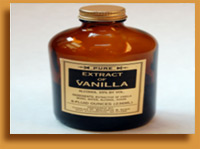
Vanilla Cultivation in India
